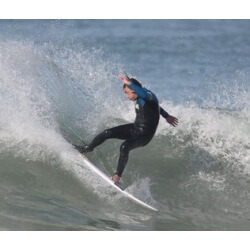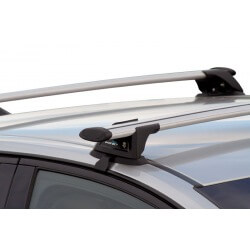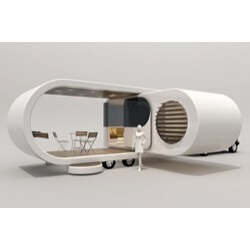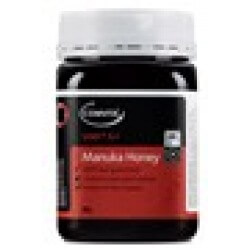Barronflex: Innovation In Surfing
Surfing is a growth industry. The global market is forecast to reach US$13 billion in the next few years.
The equipment makers are the primary catalysts – making the sport more approachable, accessible, affordable and trendy, and as a result attracting millions of new surf enthusiasts and buyers. One Christchurch entrepreneur riding the waves of success is Paul Barron.
Surf boards are typically produced as “blanks” and expert shapers help customise the shape of each board according to the needs and desires of its rider. Paul Barron, an avid surfer since he was old enough to swim, has built a lucrative business on hand-shaping traditional polyurethane surfboards.
However, Paul saw that polyurethane was a less than ideal material as toxic dust could be inhaled during the shaping process (a danger to the shaper), and it can’t be recycled (a danger to the environment). He found polystyrene to be a great substitute – tough, light, recyclable, non-toxic and locally available but the lighter and more buoyant polystyrene boards were harder to shape and don’t handle as well as polyurethane on the water.
Paul overcame this by designing a new board that combined different foam densities, finished with a strong fibreglass and resin coating. It allows a greater level of surfboard customisation than ever before, so the surfer can fine-tune and personalize, not only the shape of their board, but also its level of flexibility (depending on the foam density). Flexibility provides added drive through each manoeuvre and increases the overall responsiveness of the board for quicker turns, and a smoother and faster ride.
CreateIP assisted Paul with patent and trade mark applications on what is now called the BarronFlex design. It’s the first step in a grand plan to launch an exclusive, high-end export business targeting surfboard shapers and distributors around the globe.
“The process around patents and trade marks was more involved than I expected – there’s a fair amount of due diligence with searching to ensure the ideas are original,” said Paul. “We learned a little bit more about some competitors overseas through the process, and yet gained confidence that our design is truly unique – and would potentially appeal to a huge global market, including the US, Australia, Europe, Japan and China. Securing the IP was well worth it, and CreateIP explained the ins and outs thoroughly in plain language that made the process smooth and stress-free. We’ve now insured our most important asset and are pretty stoked about the commercialisation opportunities that lie ahead.”




